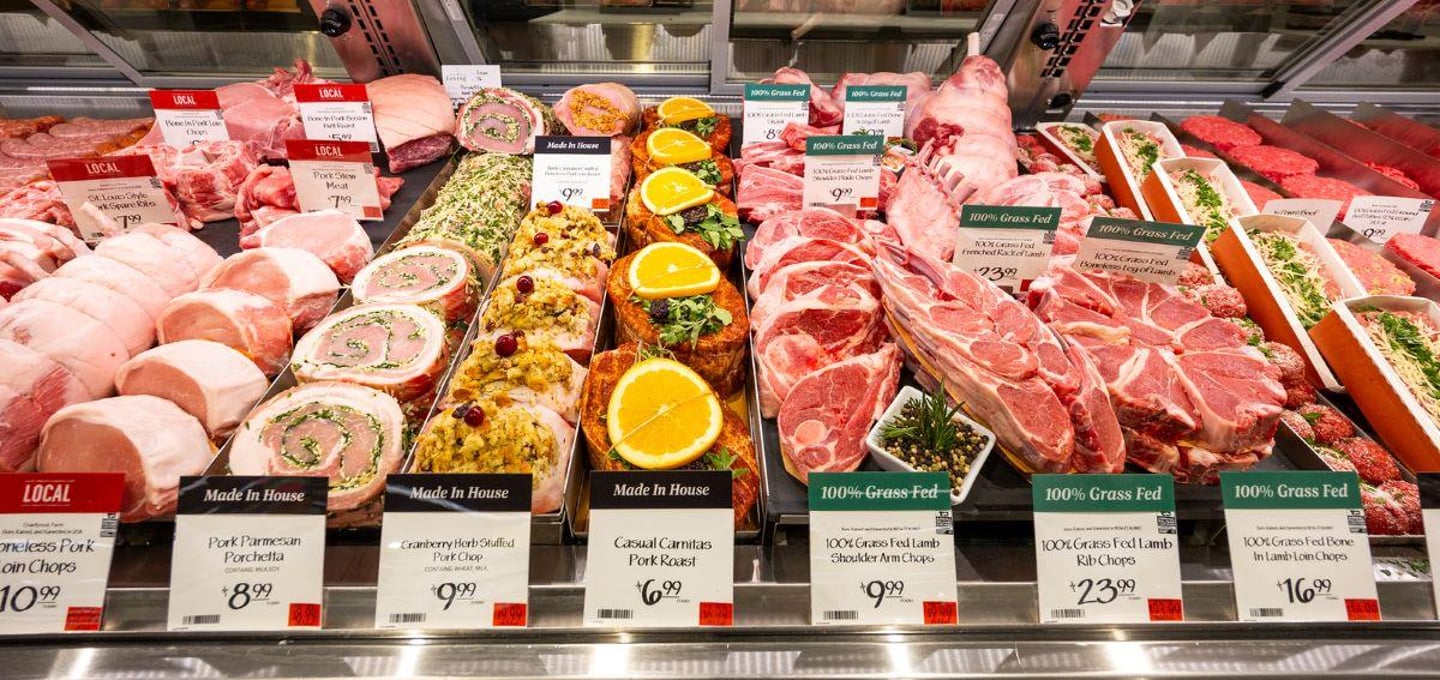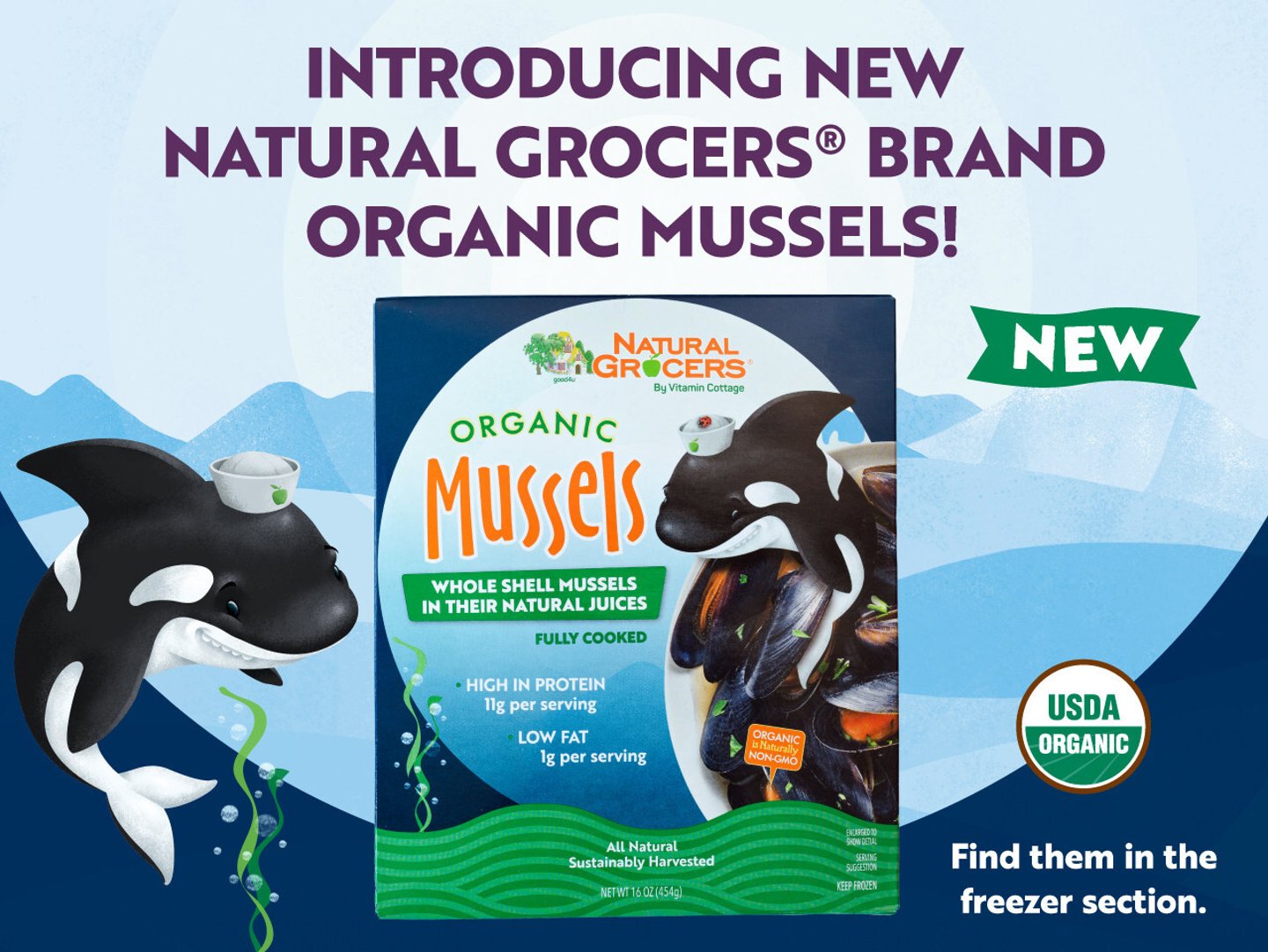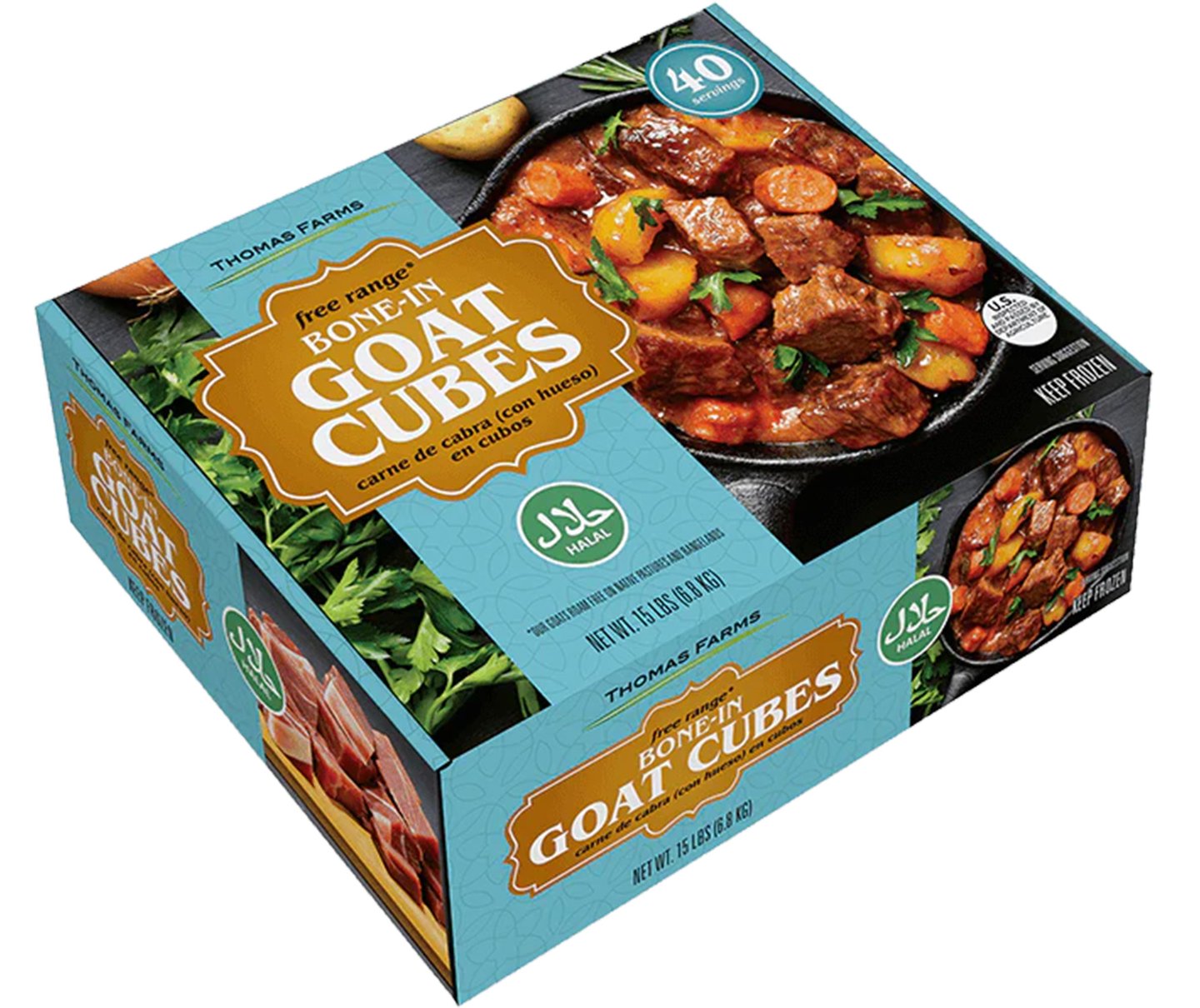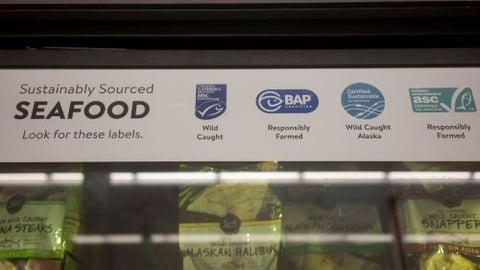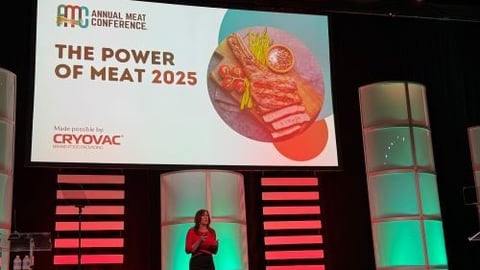What Value Means to Protein Shoppers
When it comes to protein, consumers are driven by a variety of attributes and, in a quest to get many or even most of them, shoppers look for products that deliver a form of value.
For the first half of this decade, value has been often linked to price, and to that end, consumer costs for some proteins remain volatile. According to data from Chicago-based insights firm Circana, the price per pound of fresh beef came in at $6.73 per pound in February, up 7.1% year over year (YoY), while fresh chicken hit $3.17 per pound, up 3.2%, and fresh pork rang up an average of $3.21, a 1.4% uptick.
Beyond price, value translates to other attributes in proteins that include beef, pork, lamb, veal, exotic or game meats, chicken, turkey, and plant-based meat alternatives. Value often connotes convenience, ease of use, variety, flavor, and versatility. Protein products deemed to fall under the value-added segment, then, can include products that are portioned, seasoned, marinated, pre-cooked or used as ingredients.
These products resonate with consumers who continue to cook at home and are looking for different recipe ideas and product forms. The 2025 “Power of Meat” report from Arlington, Va.-based FMI – The Food Industry Association shows that 58% of consumers have favorite meat products but are interested in trying more, especially if barriers of cost, habits and lack of cooking confidence can be overcome. According to the report, consumers are mostly interested in recipes for comfort meals, quick preparation options and creative use of ingredients. As one might expect, younger shoppers seek fast recipes and protein meals with global flair.
Providing value-added solutions to these shoppers is a cornerstone of a new industry campaign launching from the National Pork Board this May. With the tagline “Taste What Pork Can Do” and backed by data-driven insights, the effort is the first national consumer campaign from the trade group since 2017. The program touts the value, variety and versatility of pork offerings, including items that are ready to cook, ready to eat or somewhere along that spectrum.
[RELATED: Emerging Trends in Pork Category]
According to David Newman, SVP of market development at the Des Moines, Iowa-based board, the campaign takes a “whole hog” approach, encouraging consumers to consider fresh options as well favorite forms like bacon and processed meats. “The value-added component is a huge piece of the campaign. This is a huge opportunity moving forward,” he says, adding that younger shoppers in particular tend to think of “cuisine, not cut.”
On the Range
Under the value-added umbrella, grocers can enhance and diversify their protein assortments in a variety of ways. As fresh perimeters become more solution-oriented, a shopper may find a breaded pork schnitzel in a meal kit display, a lobster mac-and-cheese or beef brisket sandwich in the hot food bar, or a grilled chicken Ceasar salad in the produce section.
Brands are coming up with new items as demand grows. Seaboard Farms, based in Merriam, Kan., is one example, carrying several value-added options across its Prairie Fresh portfolio.
“Value-added meats provide the perfect balance of convenience and quality, catering to consumers who want to enjoy delicious, home-cooked meals without the hassle of extensive prep work,” says Ozlem Worpel, VP of marketing and innovation at Seaboard Farms. “Our Prairie Fresh value-added pork products come pre-seasoned, ensuring bold flavors right out of the package. This eliminates the need for additional ingredients or lengthy marination times, allowing for quick and easy meal preparation. With ready-to-cook portions and clear cooking instructions, these products help home cooks of all skill levels create flavorful dishes with minimal effort — perfect for busy weeknights or weekend grilling.”
[RELATED: How to Get Grilling Season Sales Sizzling]
Other examples abound. Certified Angus Beef, based in Wooster, Ohio, markets a line that includes smoked and fully cooked brisket and bacon items; last year, that company’s value-added products posted a fourth straight year of growth, reaching 45.5 million pounds. Meanwhile, Tyson Fresh Meats, in Springdale, Ark., offers a comprehensive lineup of value-added proteins positioned around flavor and easy prep, including steakhouse-seasoned pork loin grillers, chicken fajita strips and marinated sirloin steak bites. For its part, Arkansas City, Kan.-based Creekstone Farms Premium Beef LLC has included convenient thin cuts in its new line of Irodori Wagyu beef, which is debuting this year.
As the shopper base becomes more diverse and multicultural, value-added pork options include a range of globally inspired choices, as evidenced by such products as La Herencia Al Pastor marinated diced pork for authentic tacos, under Greeley, Colo.-based parent company JBS Foods.
Other types of meat are getting the value-added treatment, too. For example, Thomas Foods International USA has rolled out new value-added goat products, including bone-in goat cubes for applications such as stews and curries, and ready-to-heat Thai Coconut Goat Curry.
Retailers are also innovating in their private label programs. Earlier this year, Lakewood, Colo.-based Natural Grocers by Vitamin Cottage added fully cooked organic mussels to its frozen seafood portfolio. Further, the 365 store brand, from Austin, Texas-based Whole Foods Market, includes an array of value-added products ranging from seasoned Italian pork sausage bricks to portioned fresh chicken cuts that complement the many value-added items in the food retailer’s butcher case and prepared food department.


